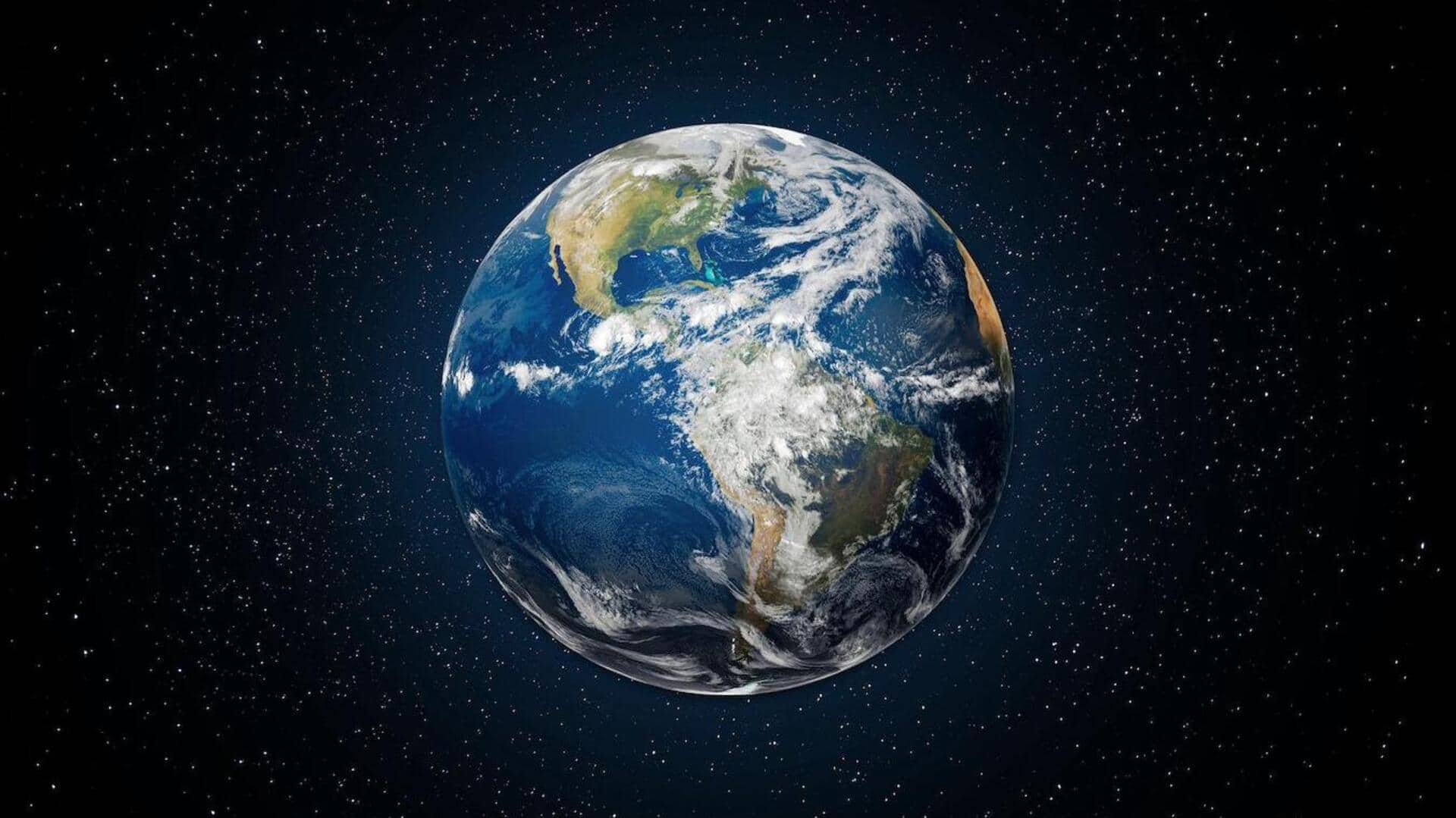
Earth may be sitting inside a giant cosmic void
What's the story
A team of astronomers has proposed a new theory that could explain the "Hubble tension," a discrepancy in the rate at which the universe is expanding. The research suggests that Earth and our whole Milky Way galaxy may be located inside a massive void, an enormous region of space with very little matter. This could account for why the cosmos appears to expand faster here than in other areas.
Expansion anomaly
What's the Hubble tension?
The Hubble constant, first proposed by Edwin Hubble in 1929, quantifies how fast the universe is expanding. It is determined by measuring the distance of celestial objects and their speed of recession. However, there is a discrepancy between the predicted and observed rates of expansion—this is known as the Hubble tension. The standard cosmological model predicts a slower rate for the distant early universe than what we observe in our local universe today.
Void hypothesis
How a local void could explain Hubble tension
Dr. Indranil Banik from University of Portsmouth suggests that one possible explanation for this discrepancy is the presence of a local void, with our galaxy near its center. This would cause the matter to be drawn toward higher-density exterior of the void by gravity, making it emptier over time. As this happens, objects would appear to move away from us faster than they would in an area without such a void—giving rise to an apparent increase in local expansion rate.
Cosmic confirmation
Requirements for the theory to hold
For this theory to hold, Earth and our solar system would have to be near the center of a void around a billion light-years in radius and 20% less dense than the universe's average. Direct observations of galaxies support this theory, as our local universe has a lower number density than its neighboring regions. However, existence of such a large void is contentious because it doesn't fit well with standard cosmology models that predict matter should be more evenly distributed.
Acoustic evidence
Do BAOs support the existence of a local void?
Despite the controversy, new data presented by Dr. Banik found that baryon acoustic oscillations (BAOs)—the "sound of the Big Bang"—support the idea of a local void. BAOs are sound waves from the early universe that became frozen in place once neutral atoms formed. They serve as a standard ruler for measuring cosmic expansion history and their angular size can be used to chart this history.
Future exploration
Next steps for researchers
The next step for scientists is to validate their local void model with other methods of estimating the universe's expansion history, such as cosmic chronometers. These are galaxies that have stopped forming stars. By studying their spectra, astronomers can determine their age and combine it with the galaxy's redshift to learn about the universe's expansion history during light travel time.